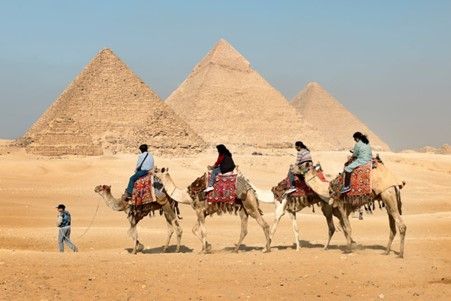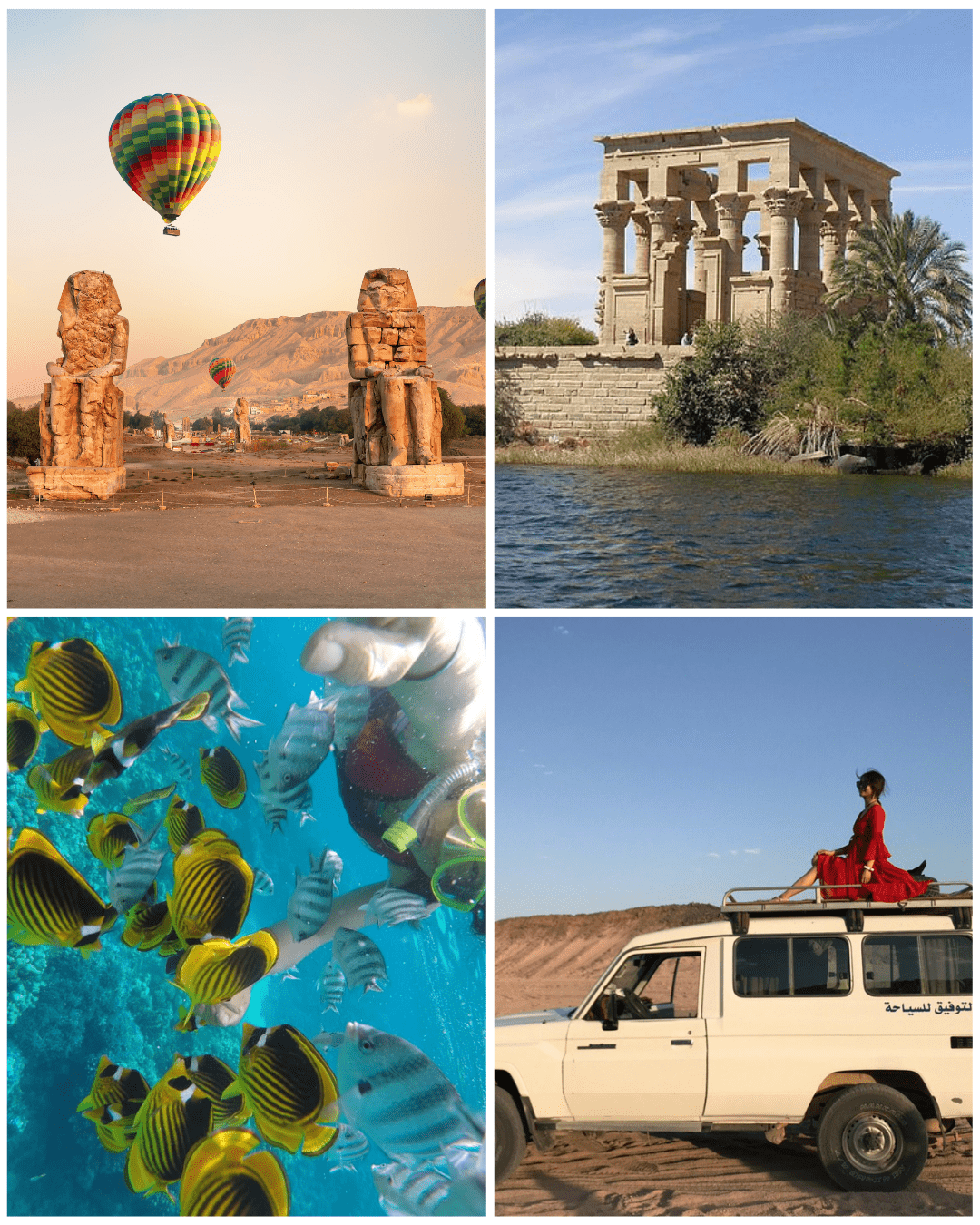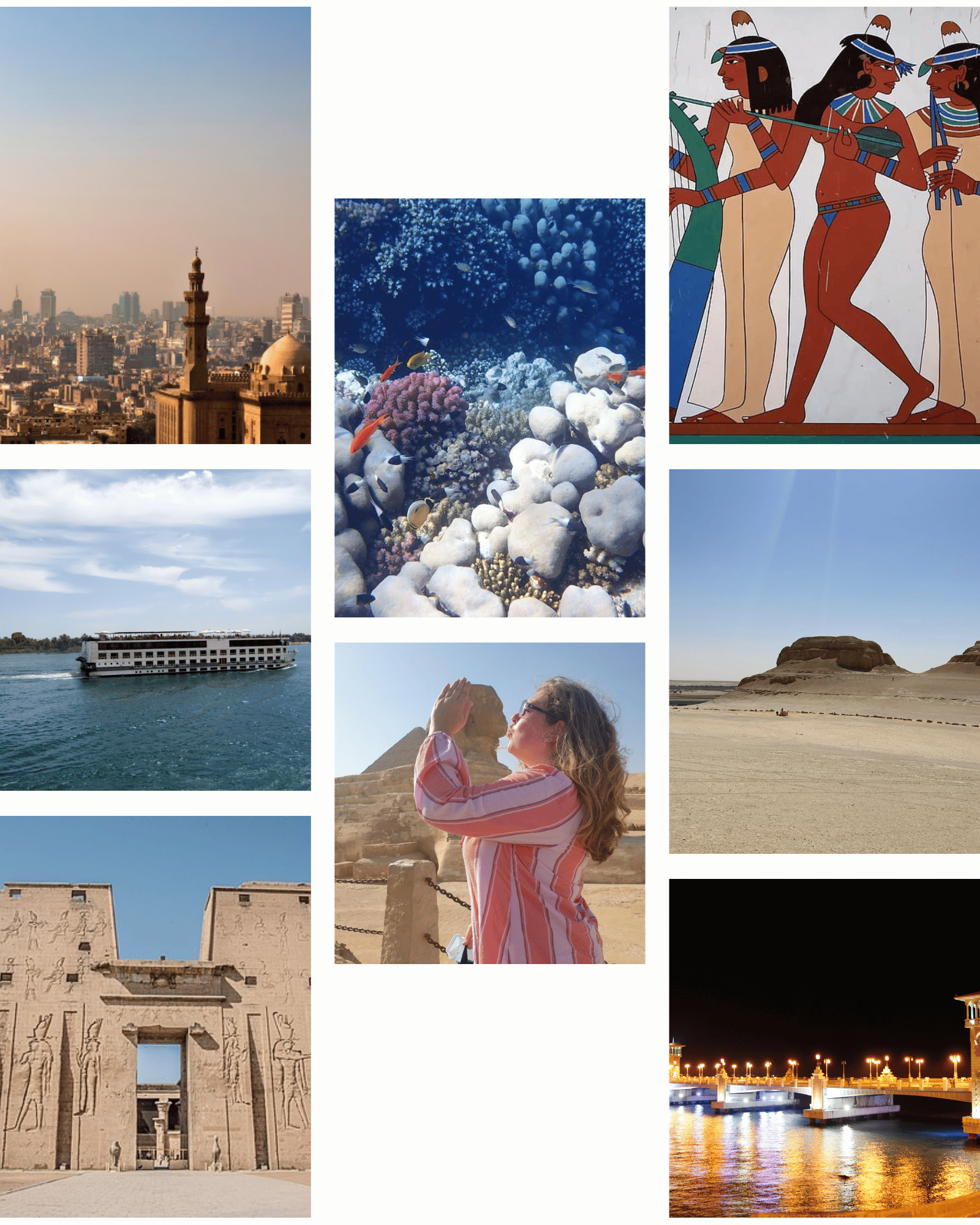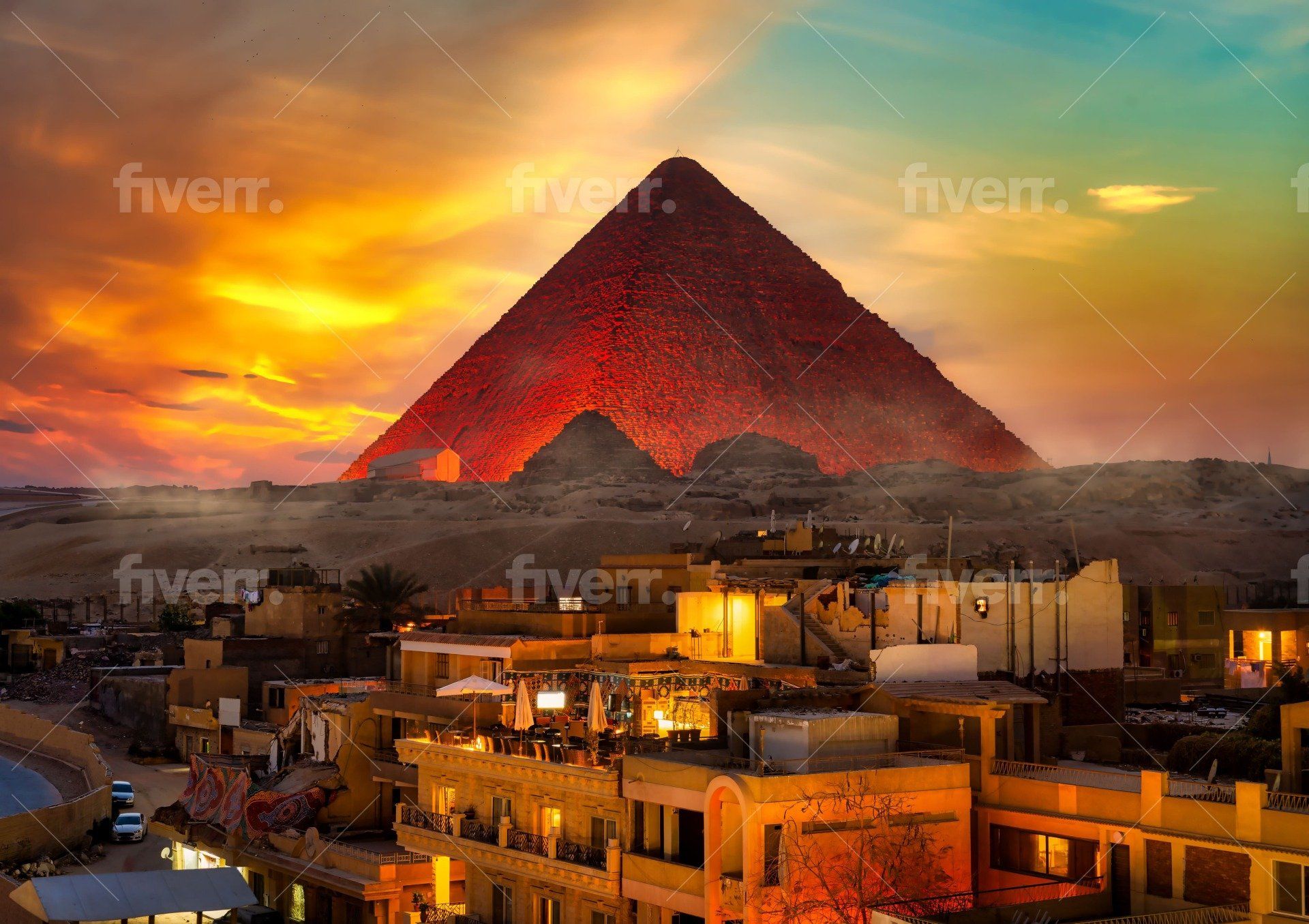Best Time To Visit Pyramids Of Egypt For Stunning Photos
The Pyramids of Egypt have captivated the imagination of travelers and photographers alike for centuries.
The given article delves into Egypt photography from the perspective of timing and one of the most important technical components of every successful photoshoot – light. We provide technical tips on capturing the Egyptian Pyramids in general and the Pyramids of Giza in part.
We also describe the advantages of modern post-processing technologies and how they can enhance your pics of the Pyramids of Giza compared to the first pictures of the Pyramids.
So grab your camera, and may your photography journey be as exciting as the monuments themselves!
Understanding the Light
Pyramid photography belongs to landscape photography in natural lighting conditions. It means that photographers cannot control the light; they have to adjust to it and learn to work with it so that their shots turn out perfect. In this section, we will learn to use natural light in favor of your artworks.
Dawn
As the sun creeps over the horizon, its gentle rays illuminate the Pyramids with a soft, ethereal glow. Dawn is a time of magic and tranquility, where the warm tones of the rising sun bathe the stones in a golden hue. The light is diffused and soft, perfect for capturing the mystical and serene essence of the Pyramids. This time is ideal for wide-angle shots that encapsulate the Pyramids’ grandeur against the awakening sky.
Midday
The midday sun casts sharp, defined shadows that accentuate the Pyramids’ geometric precision. Midday is the time to capture the stark contrast between the bright limestone and the deep blue of the Egyptian sky. The intense light can be challenging, but it offers an opportunity to play with contrasts and capture the rugged textures of the Pyramids.
Dusk
The setting sun, with its spectrum of reds, oranges, and purples, offers a dramatic backdrop for the Pyramids. This is the moment when the top view of the Pyramid can be particularly striking, as the fading light casts long shadows, highlighting the unique shape and structure of these ancient wonders.
Each phase of the day offers a different perspective and mood for photographers. From the golden tones of dawn, the vivid contrasts of midday, to the dramatic colors of dusk, the Pyramids of Giza are a testament to the power of natural light in photography.
But perfect timing means much more than choosing the best time of the day, especially if you are a tourist who needs to plan a trip to Egypt in advance. In the next section, we will learn about the best time for visiting the Pyramids for breathtaking photos.
Timing your visit
The ideal time to visit Egypt for photography is during the cooler months, from October to April. During this period, the weather is more temperate, making it comfortable to spend long hours outdoors. The softer winter light provides a more flattering illumination to the Pyramids, and the chance of capturing a clear, crisp sky is higher.
From May to September, the heat can be intense, often exceeding 40°C (104°F). While this might deter some, the summer months offer their advantages. The tourist crowds are thinner, and the heat haze can create a mystical, almost surreal effect in photographs. Early mornings and late afternoons are particularly recommended during these hotter months to avoid the midday sun.
The Pyramids of Giza are one of the most visited tourist sites in the world, so expecting crowds is realistic. The busiest times are from December to February, coinciding with the holiday season and cooler weather. Visiting early in the morning can help avoid the largest crowds.
Additionally, keep an eye on the calendar for special events or light shows at the Pyramids, which can offer unique photography opportunities but these events also attract more visitors. Staying informed about these events can help you plan your visit to either capture these special moments or avoid the additional crowds they draw.
But the photography journey does not end when your actual trip to Egypt is over. Below, we will learn how to post-process your images of the Pyramids to achieve perfection.
Post-Processing
Here, we provide essential tips on editing your Pyramid photos.
Primary Adjustments
Start by adjusting the exposure in your photo editing software to ensure the Pyramid is neither too bright nor too dark. Play with the contrast settings to enhance the textures and depth of the Pyramids to bring out the details of the stone blocks against the sky.
Adjusting the white balance can help restore the scene to how it appeared in person. Enhancing the saturation and vibrancy subtly can also bring out the golden hues of the limestone or the blue of the sky, but make sure your picture looks realistic; overediting can ruin everything.
Fixing the Composition
Cropping can help remove unwanted elements, adjust the horizon line, or focus more on the Pyramid itself. Remember the rule of thirds for a balanced composition.
Wide-angle lenses, often used to capture the grandeur of the Pyramids, can cause distortion. Most photo editing software offers tools to correct lens distortion, ensuring the lines of the Pyramids are straight and true to their structure.
Clarity and Sharpening
To bring out the details of the Pyramids, especially the intricate craftsmanship of the blocks, use sharpening and clarity tools. This step is particularly important if you want to showcase the texture and age of the structures. Maintain the balance since extra sharpening causes digital noise.
In cases where your images might appear pixelated, especially when dealing with photos taken from a distance or with lower-resolution cameras, use photo editing software with advanced AI algorithms to depixelate images. You can increase the image resolution to make your photo more detailed without risking its quality.
By following these tips and experimenting with different techniques, you can enhance your photos to truly reflect the majesty and awe-inspiring presence of these ancient wonders.
Conclusion
Through this comprehensive guide, we have journeyed together from understanding the subtle interplay of light throughout the day to choosing the optimal time for a photography visit. Each step, from the mystical dawn light bathing the Pyramids in a golden hue to the dramatic dusk skies, provides a unique canvas for photographers.
Moreover, this guide underscores the importance of post-processing in Egypt photography. Primary editing techniques and advanced methods can elevate your photographs from simple snapshots to true works of art.
So, as you prepare your camera and embark on this exciting journey, remember that your perspective and creativity will bring these ancient wonders to life in your photos.










